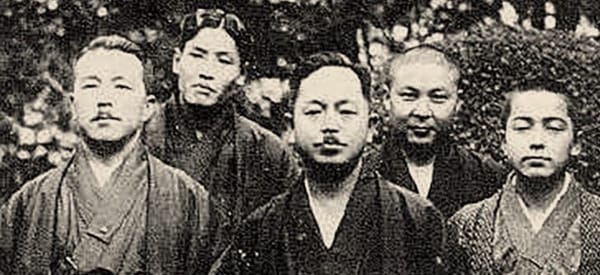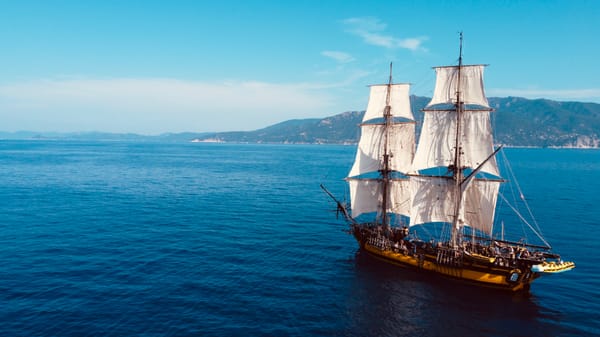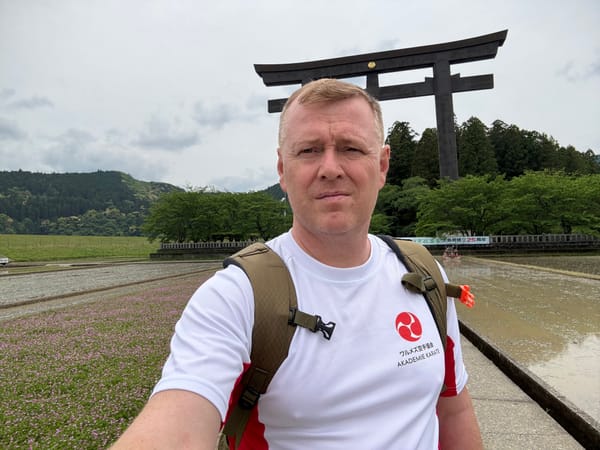Kumano Kodo – A 1000-Year-Old Trail, part 1
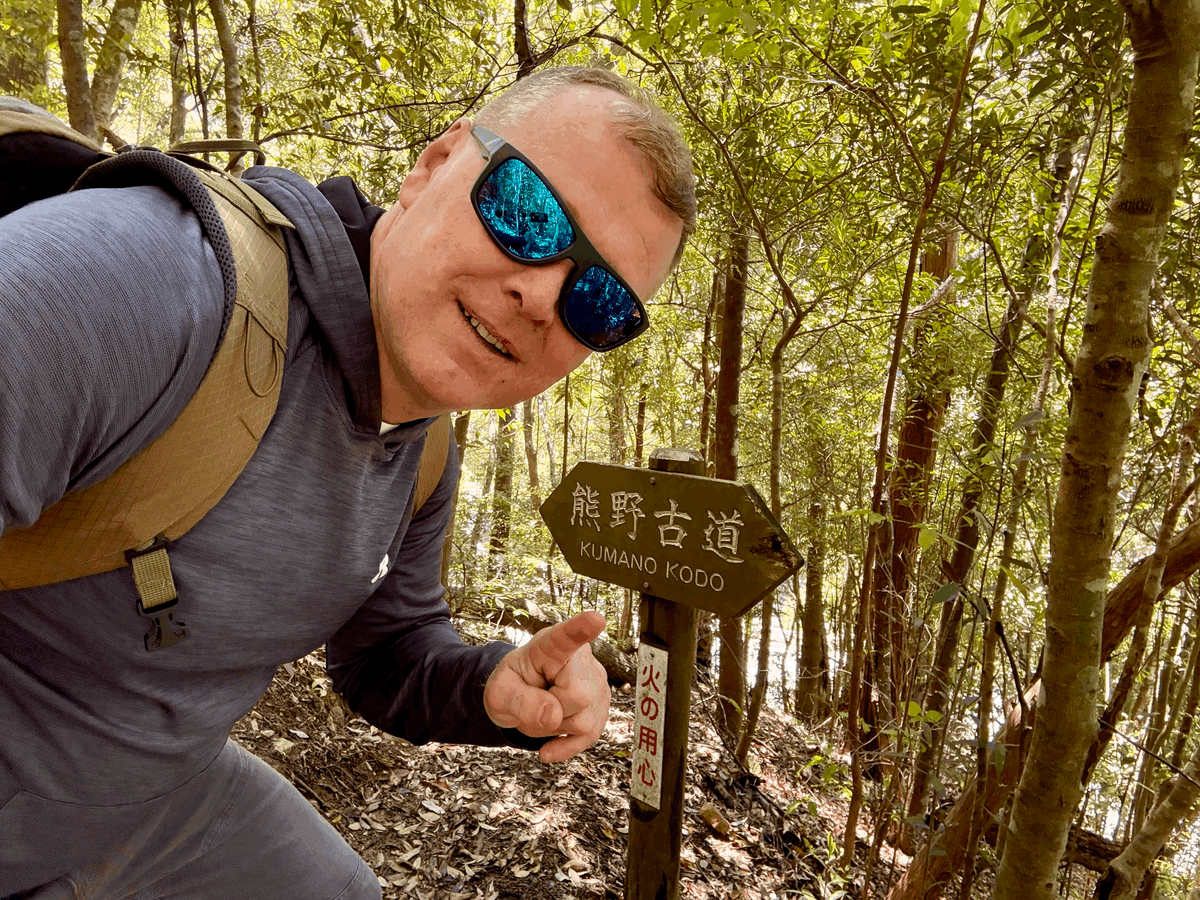
For over a thousand years, people from all walks of life in ancient Japan—monks, merchants, samurai, even emperors—have walked the sacred trail of the Kumano Kodo. It’s not just a path through the mountains. It’s a path through time.
The Kumano Kodo isn't a walk in the park. It's physically demanding and not exactly beginner-friendly. The trail system has several routes, but I chose the most famous one: the Nakahechi. It begins near the town of Kii-Tanabe in Wakayama Prefecture—easily reachable by train from Osaka.
I arrived in Kii-Tanabe the night before my trek began, greeted by heavy rain. I was immediately grateful for the rain poncho I had just purchased. That night, I kept checking the weather forecast, quietly hoping for mercy from the skies.
With a 28-liter backpack packed lightly—some clothes, water, a phone charger—I felt prepared. At home in the Czech Republic, I run long distances regularly, so 17 km for day one seemed totally manageable. I imagined myself sipping coffee at the destination by mid-afternoon.
Big mistake.
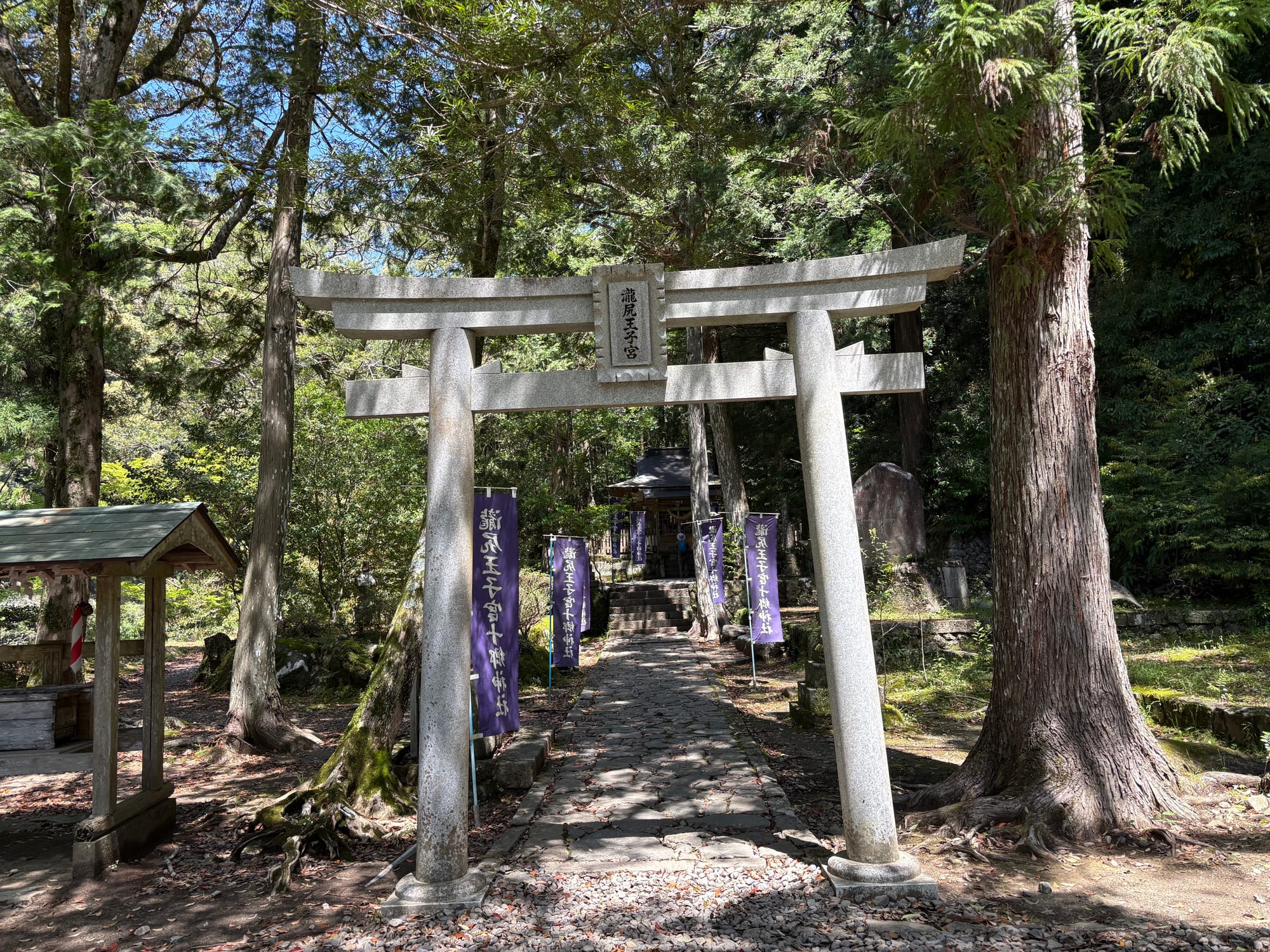
The Kansai mountains aren’t like ours back home. In the Czech Republic, you hike uphill and usually continue along a ridge. In Japan, you go up steep, winding stairs—hundreds of them—and then immediately down, only to face another climb. And another. I started to understand why all the guides recommended doing shorter distances each day.
As I arrived at the trailhead, the landscape confirmed my doubts. Steep hills surrounded me, with no visible end in sight. The trail began with a set of stone stairs that didn’t seem to end. I quickly lost count. All I could do was keep climbing.
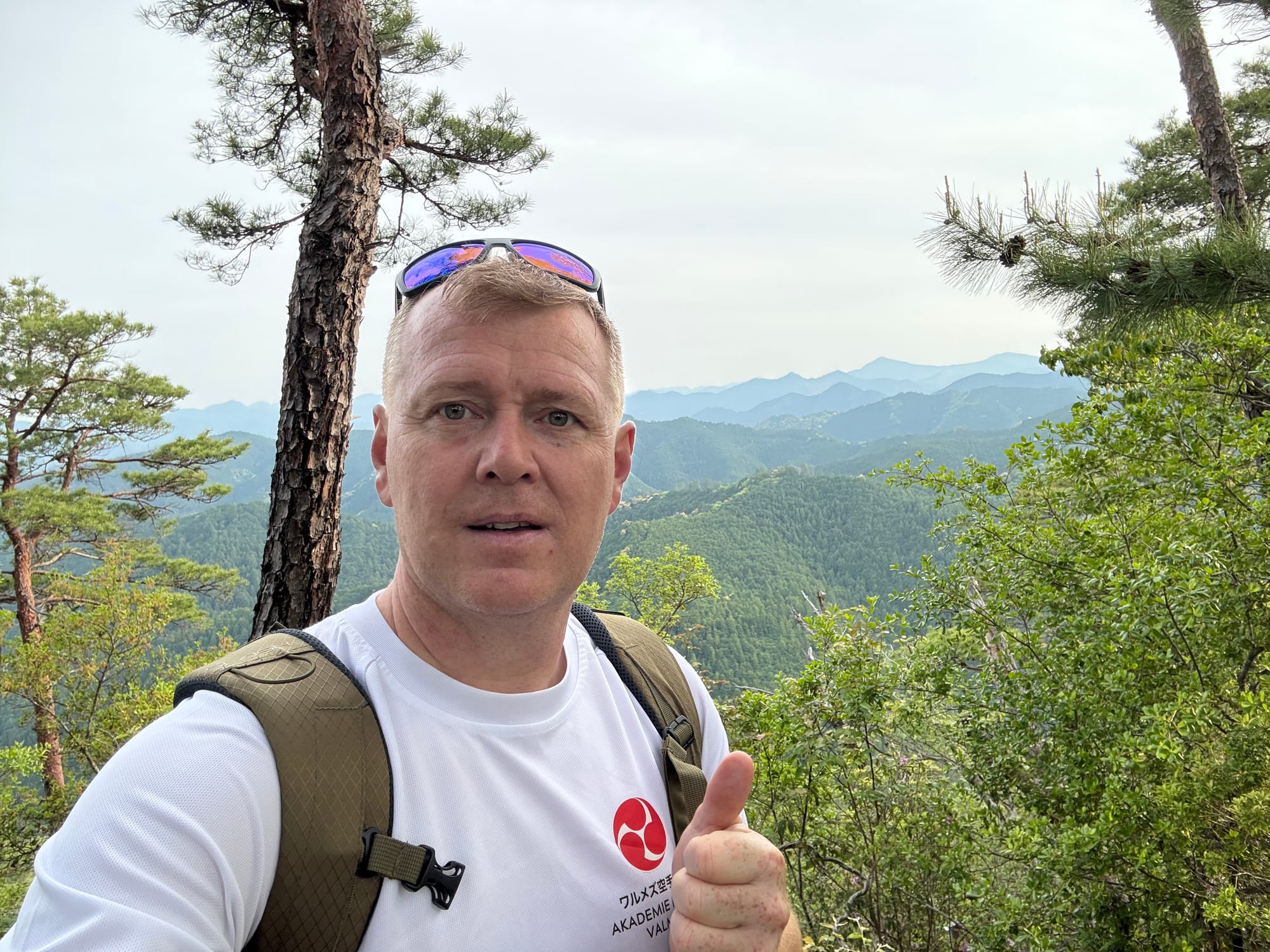
I noticed many Japanese hikers had small bells on their backpacks to scare off bears. I didn’t have one—but decided to trust my luck.
Up, then down. Again and again. Sometimes the steps were carved from ancient stone, sometimes just natural slopes pressed by centuries of feet. I kept wondering: was this route chosen out of practicality, or was it just the only way the mountains would allow?
Eventually, I reached the first planned village for the night—tired but relieved. It was just after 5 p.m., a decent arrival time. I had booked a small ryokan (a traditional inn), and was looking forward to tea, rest, and taking off my shoes. But as I gave my name at the entrance, the owner looked puzzled. After a short back-and-forth, I realized the truth: I had mistakenly booked the room for the same date—but the following year.
Every room in the village was full.
To his credit, the owner tried calling around, but there was nothing available. I had to think fast. A bus—the last one of the day—was leaving the remote village in just 30 minutes. I took it. Back to Kii-Tanabe. My plan: return by morning bus and pick up the trail again.
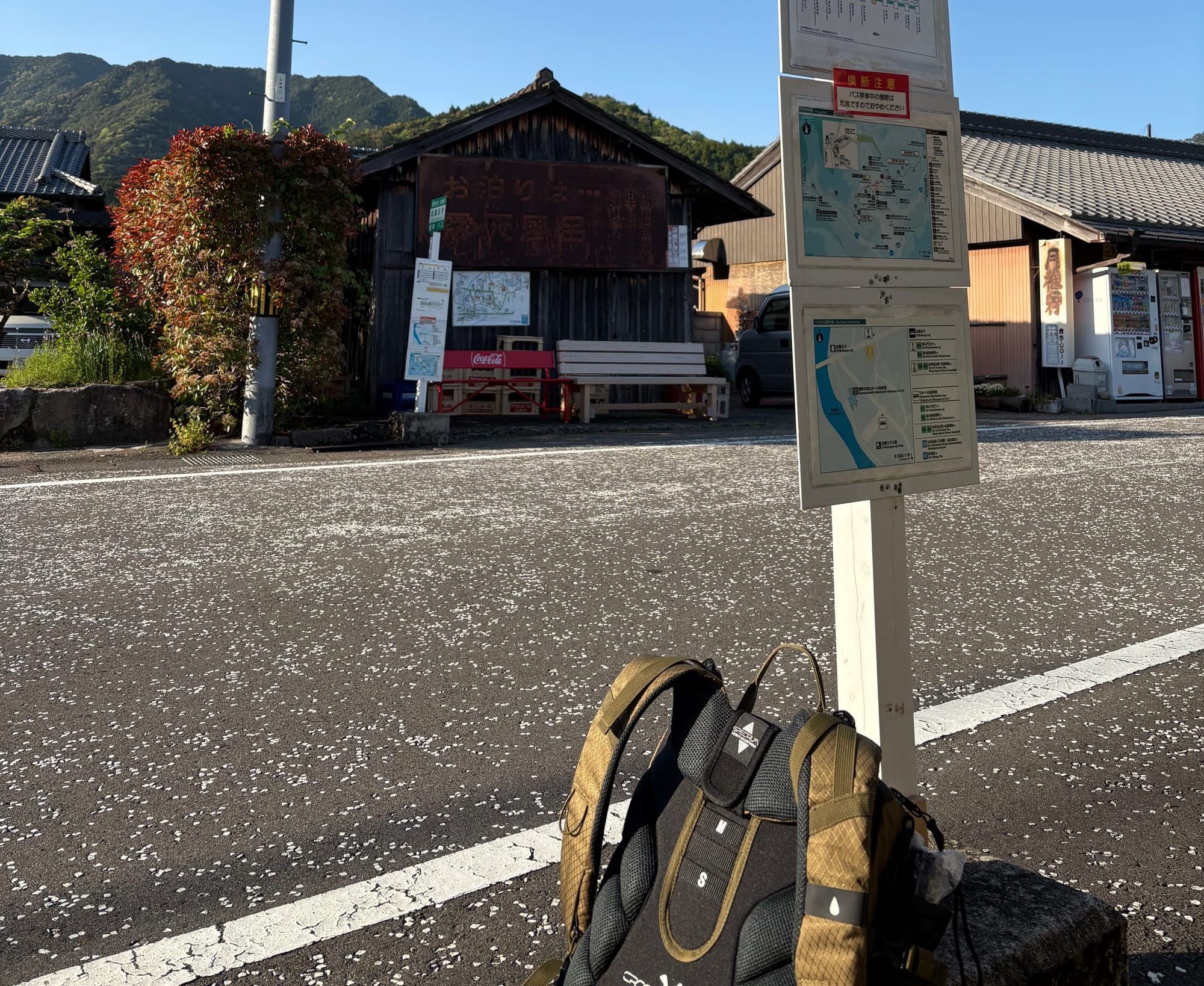
The next day, I tackled a tougher leg: 26 km, ending in Hongu—famous for its natural hot springs. When I planned this from home, I imagined a peaceful soak in the evening, letting the mineral-rich waters soothe my tired muscles. But first, I had to get there.
The forest trail began with more stairs—of course. But by now, my legs were getting used to it. On the way, I passed the ruins of Doyoukawa, an old settlement once governed by the samurai family Yukawa. During the Muromachi period (1336–1575), this place served as a rest stop for nobility and pilgrims headed for the sacred Kumano shrines in Hongu.
Scattered along the way were remnants of ancient teahouses where travelers once stopped to rest, sip tea, and watch the mist roll over the mountains.
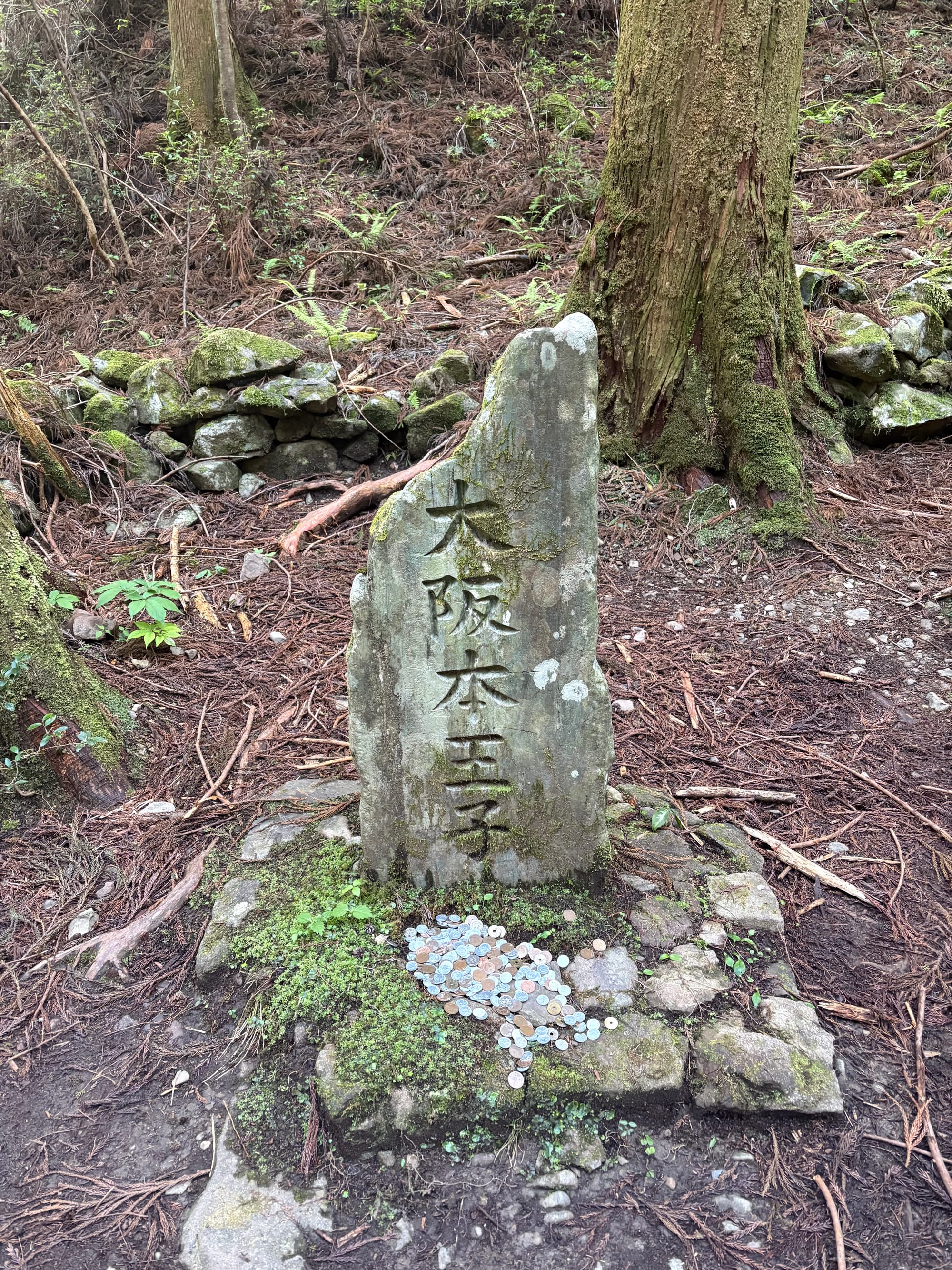
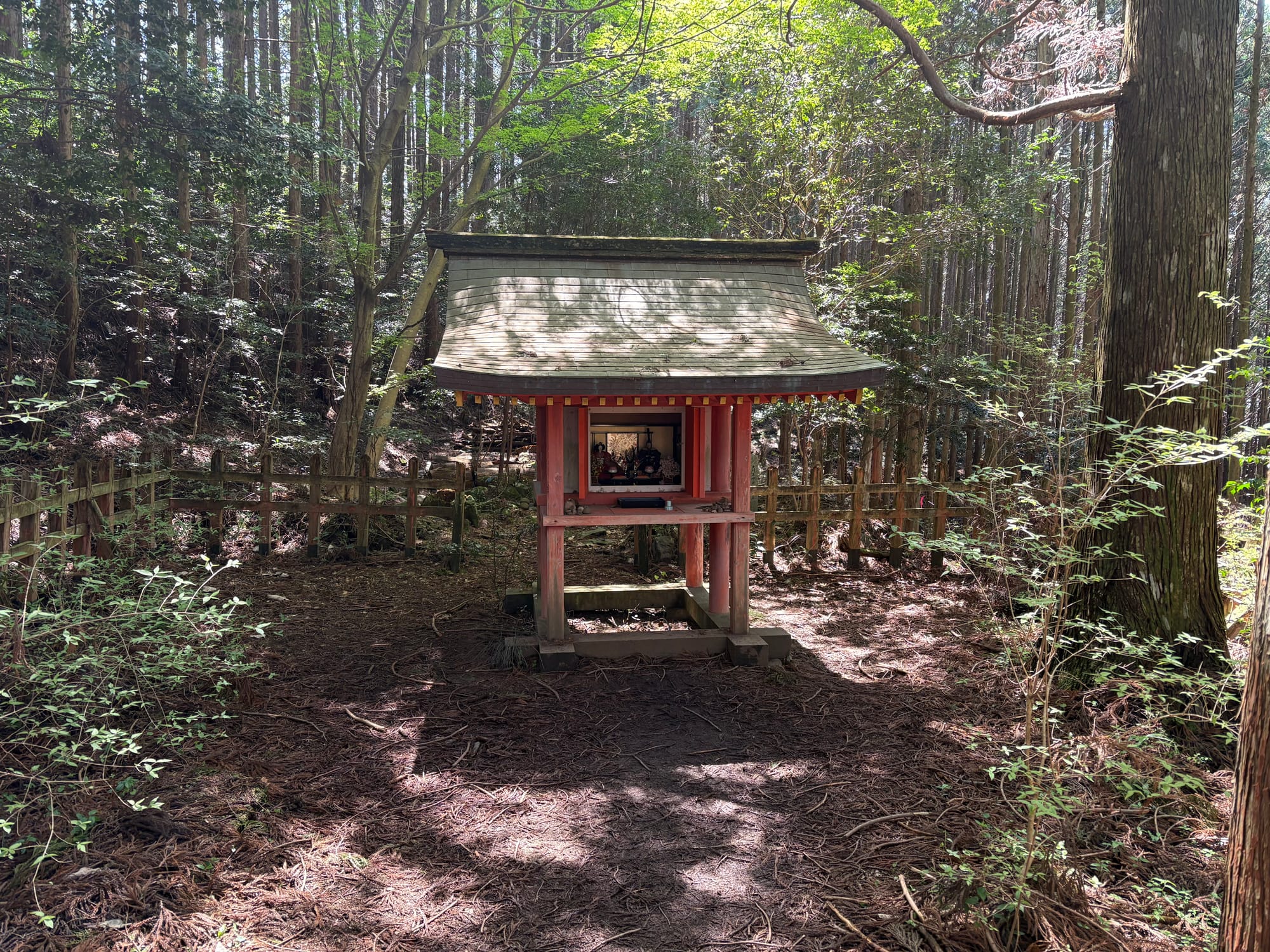
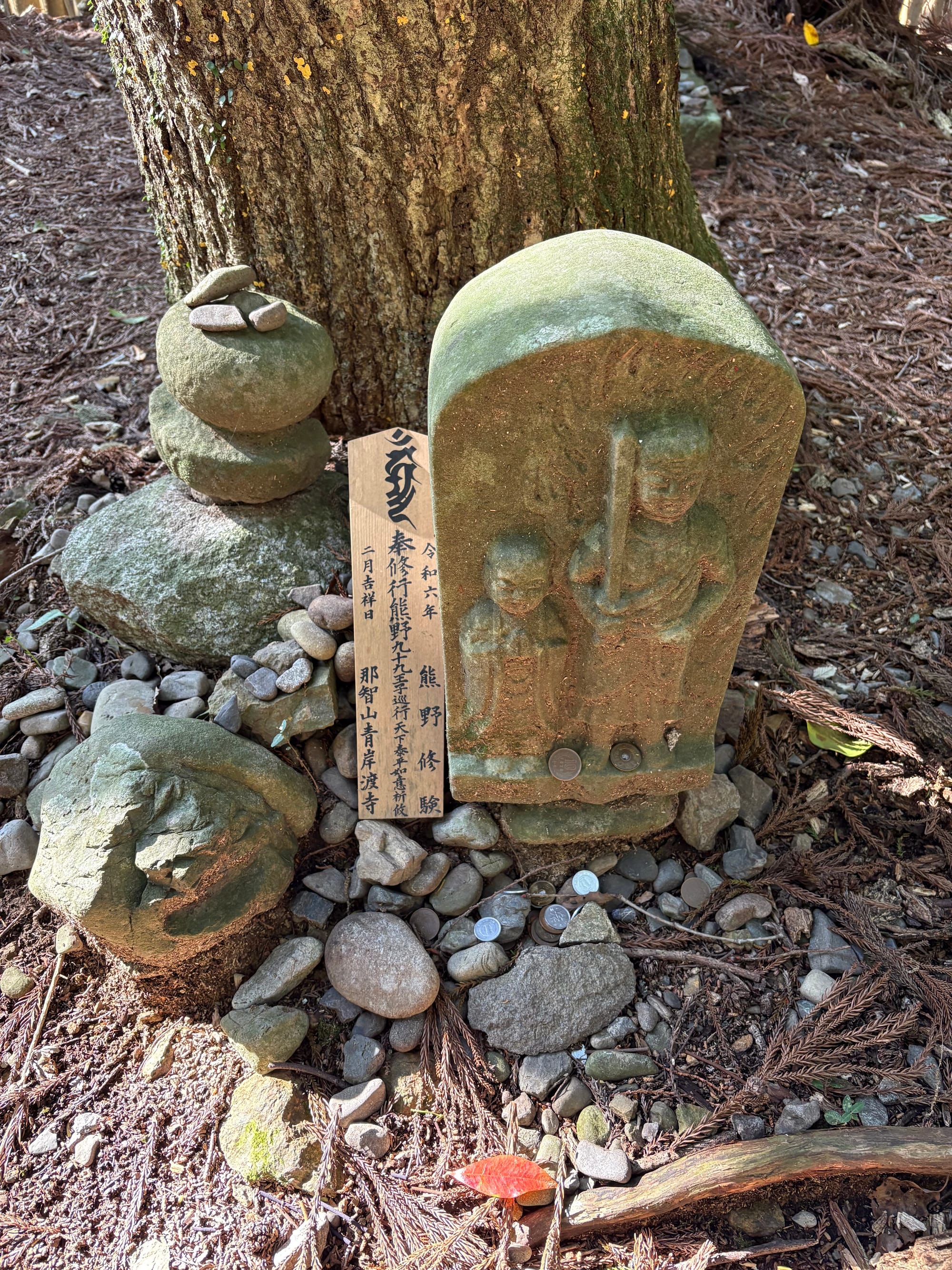
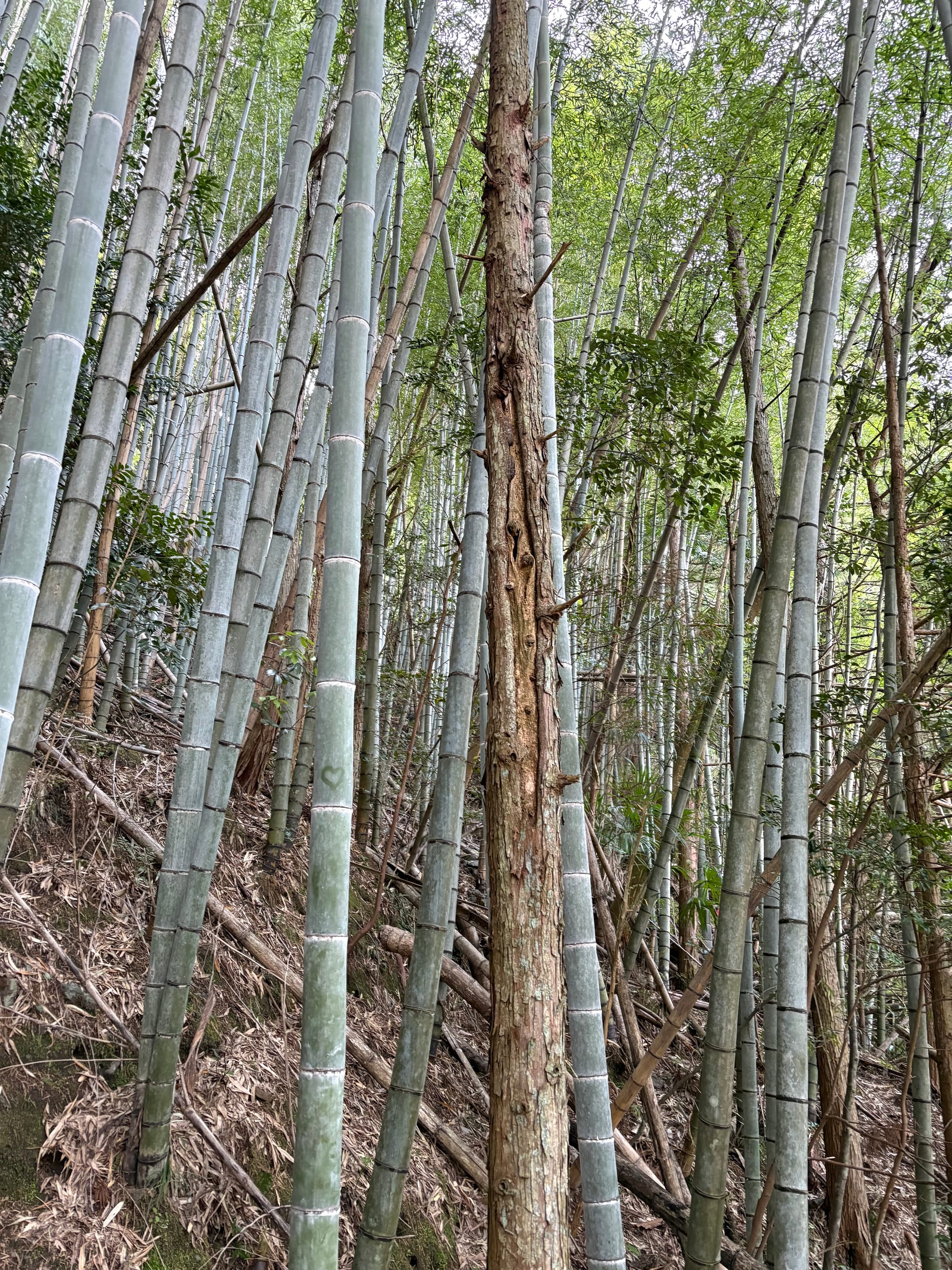
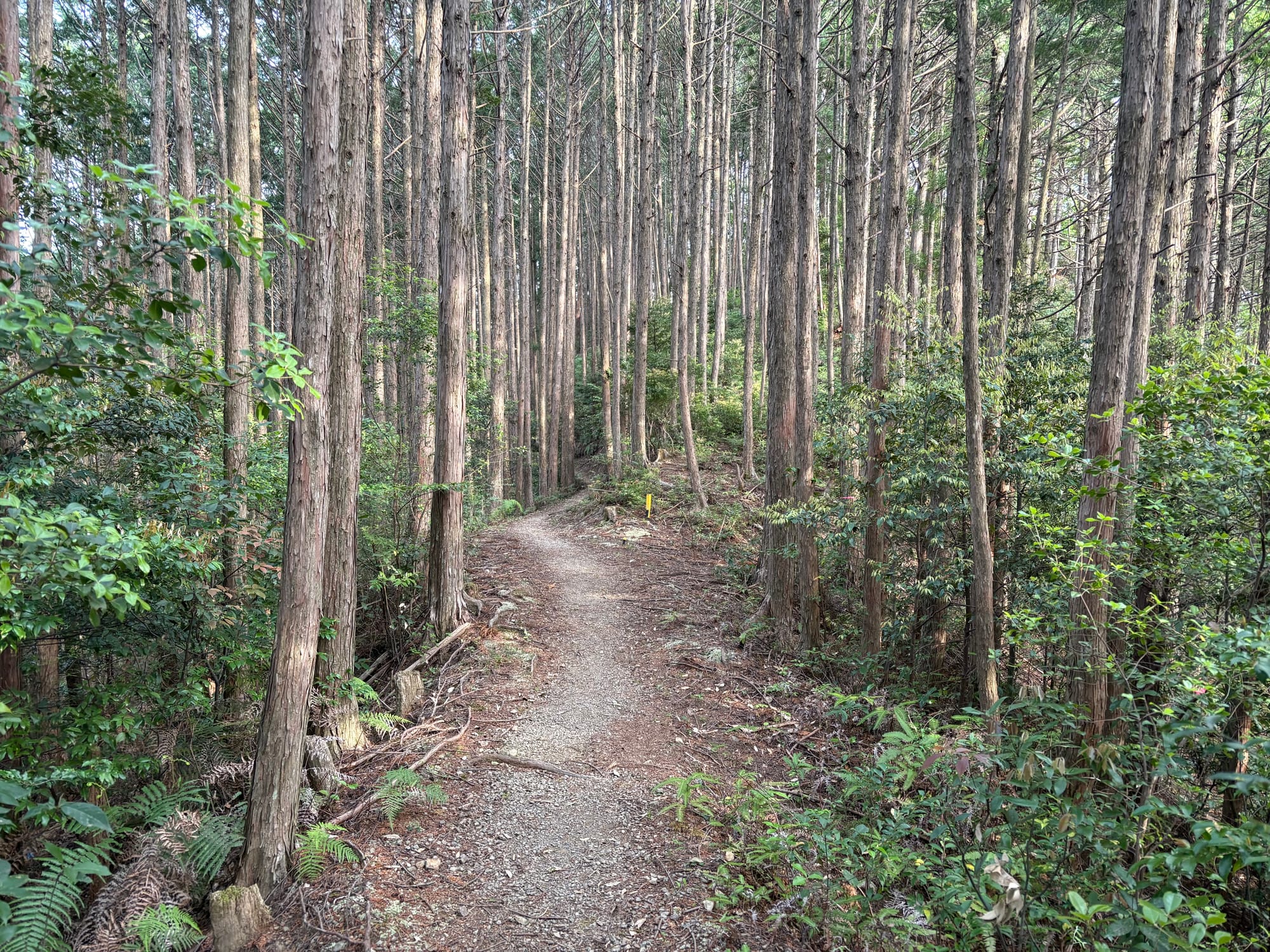
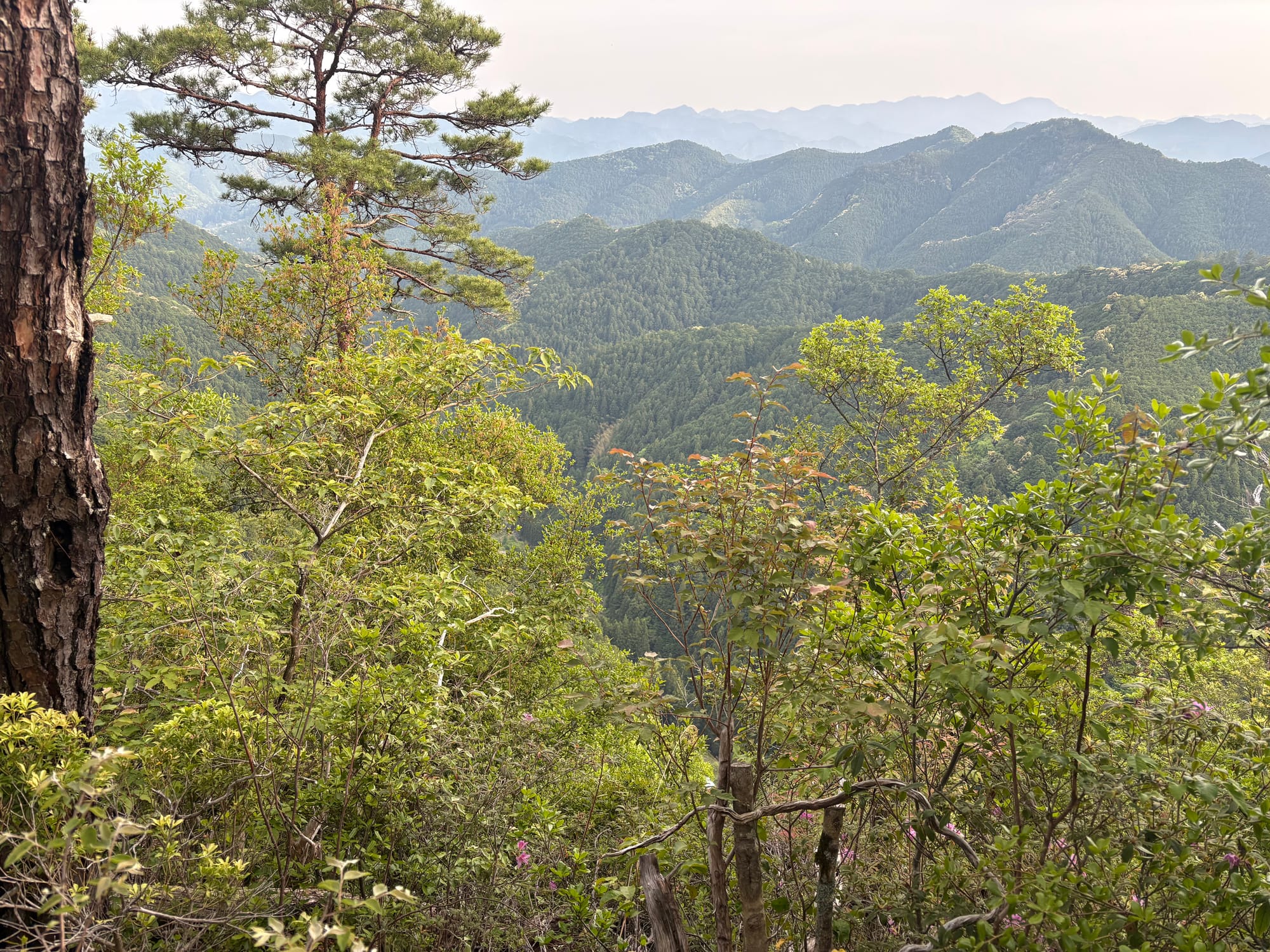
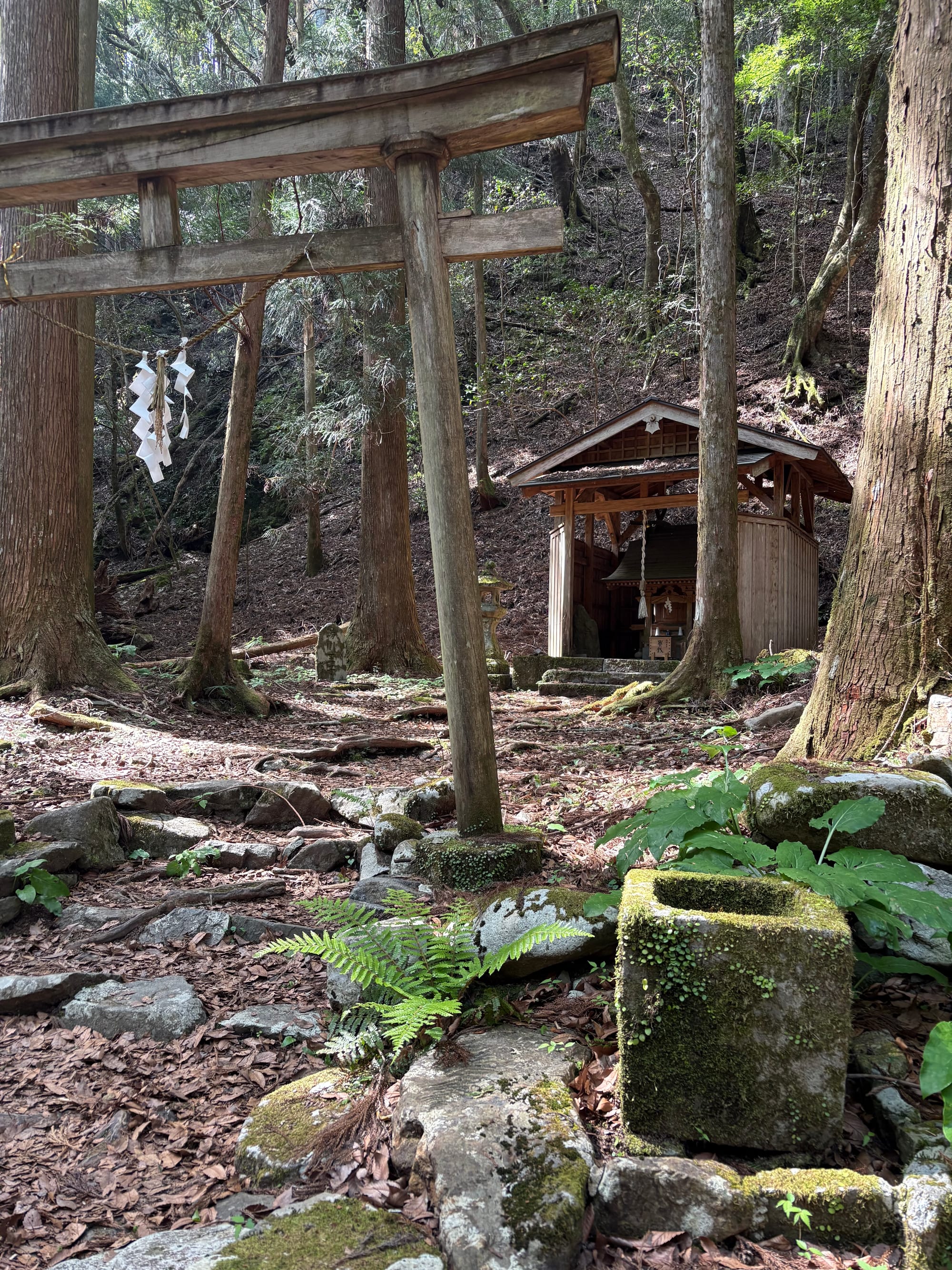
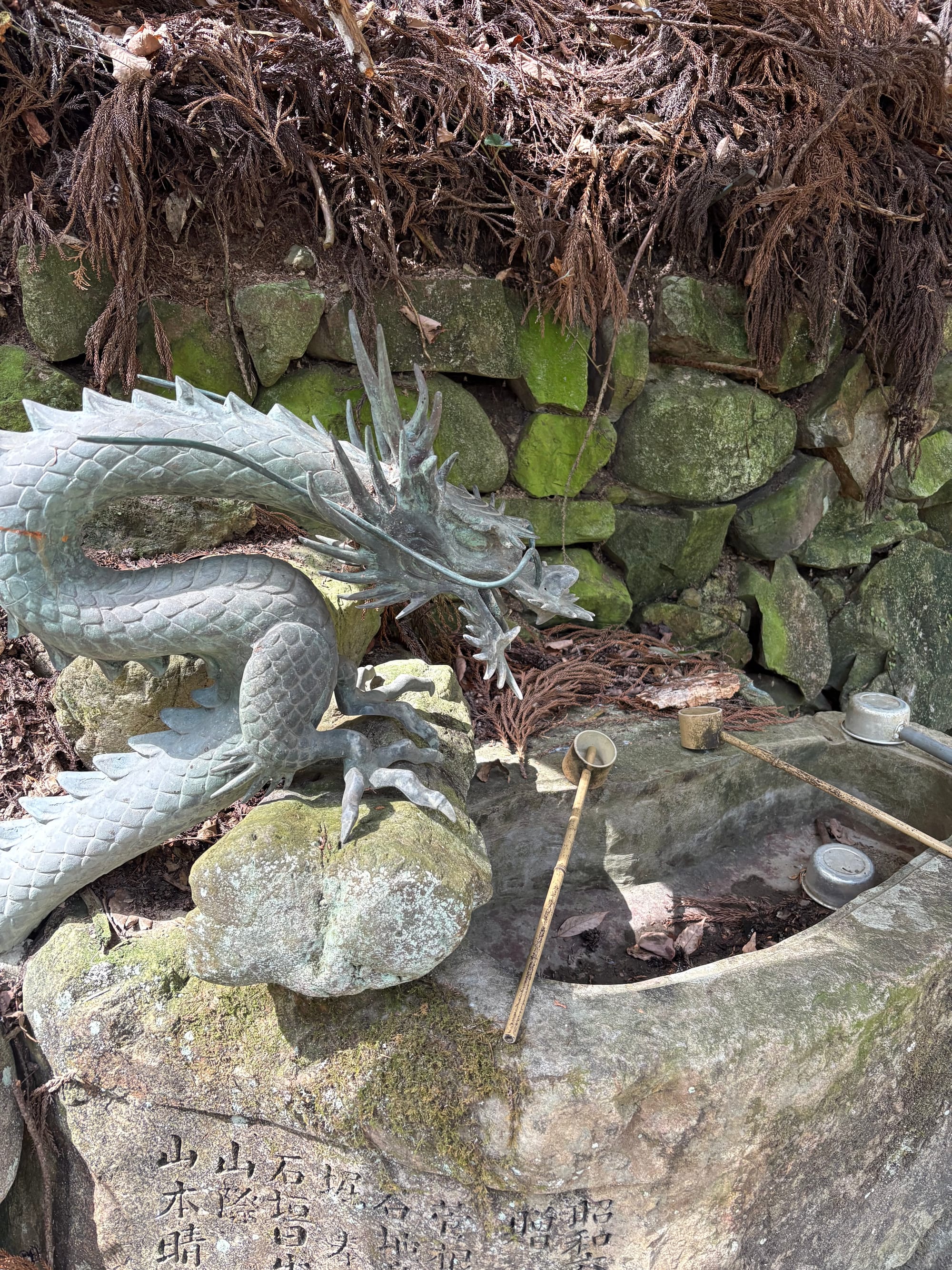
By the time I reached the outskirts of Hongu, it was nearly 8 p.m., and I was running on pure momentum. My accommodation was a small, traditional home in the village of Hongu Chō-Kawaue, tucked beside the gentle flow of the Oto River. It was exactly what I needed.
Hot stones lined the riverbank—naturally heated by the region’s geothermal activity. Locals had built simple stone tubs to soak in the hot spring water. That night, I lay in one, under the stars, warm and still, surrounded by the sounds of nature.
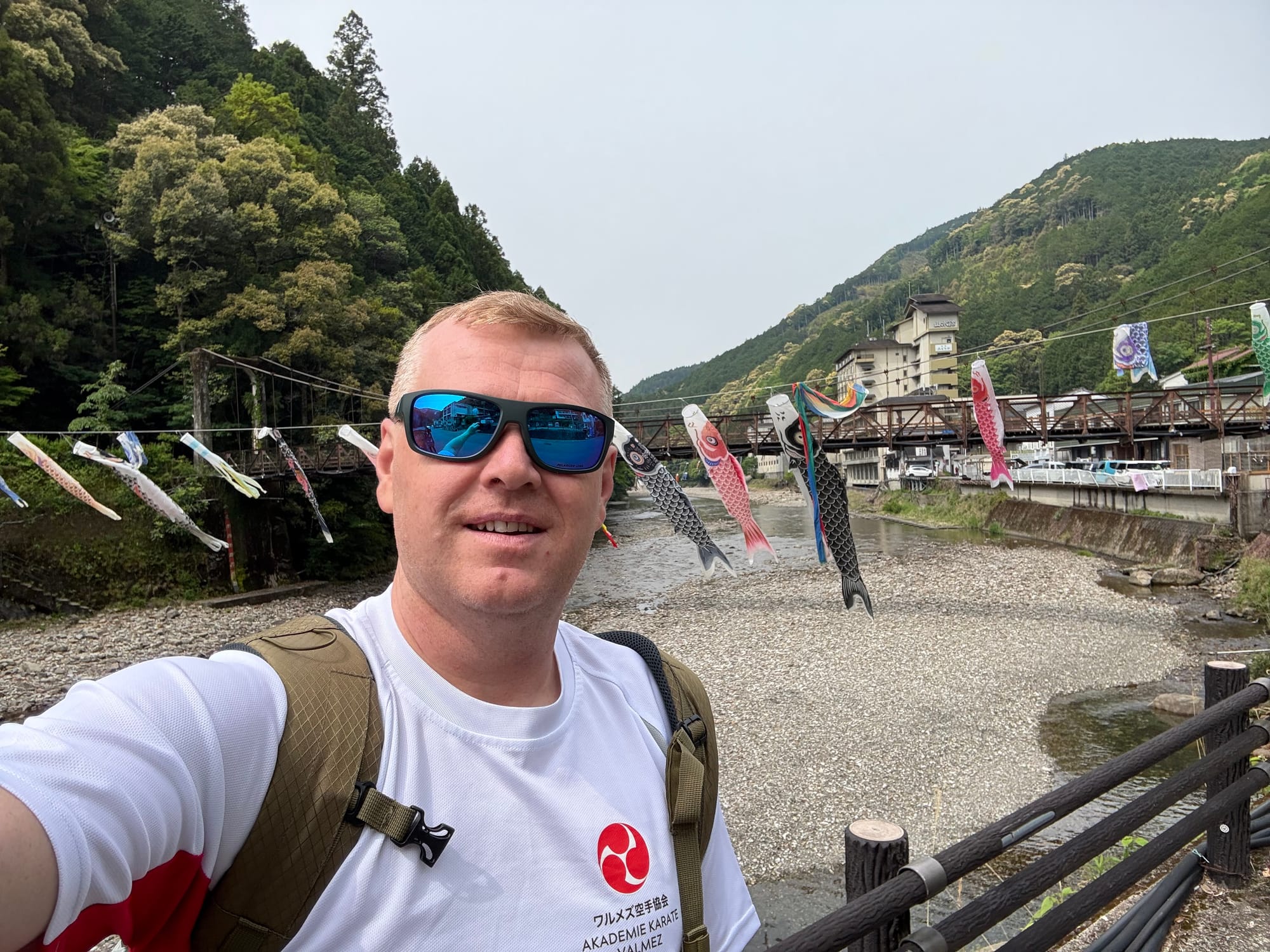
There was no phone, no internet. Just silence. And it hit me: this is what we’ve forgotten—how to stop. How to just be. To feel the ground, the air, the warmth. To reconnect with the rhythm of the earth and remember that time doesn’t always have to run.
A cold river dip.
A steaming onsen soak.
A can of Kirin beer from the village vending machine.
Read Part Two…

